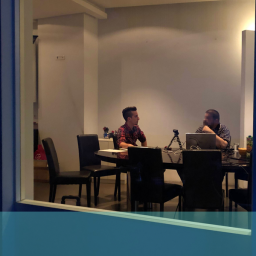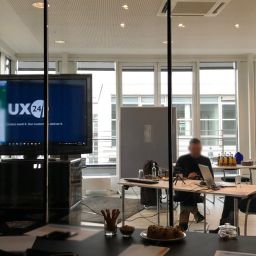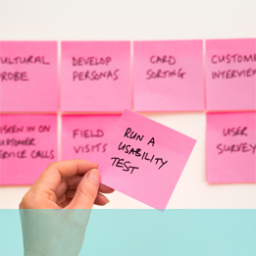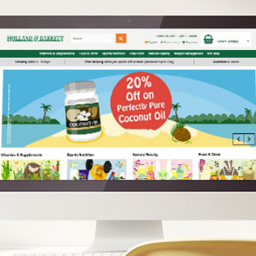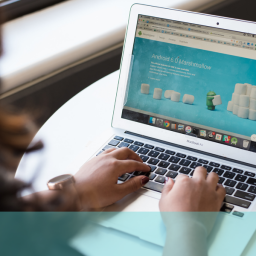
Trialling Usability Testing
Usability testing can be an expensive business so you need to make sure that everything is as focused as possible so that you get the most from your sessions in terms of usable, relevant data.
One way of doing this is by trialling the test. This can be done in several ways, some expensive and others simple and cheap. Generally, the cheap options will give you more restricted, superficial information and the sophisticated ones a deeper view. There are ways and circumstances in which very useful insights can be obtained easily if the conditions permit.
Usability Testing Trialling Methods
Running the first test as a trial
Conducting the first test as a solo run either a few hours or even a day before the main body will indicate any obvious problems or areas that need more clarity. This is a quick and dirty method, but reveals fundamental faults which can flaw a whole usability test. This does not give you much time for correction so you might have to rearrange other participants’ involvement but it is better than risking conducting a useless test across all users.
Pre-testing scripts
These are scripts explaining the tasks and helping the user to understand what is required and is an important part of the test functionality. To make sure these are working and sufficiently clear you would test them out of the subject group beforehand. This could involve a mini-test or a run-through with representative users but it can highlight potential problem areas or factors which might slow the execution or even negate the usefulness of findings from usability testing
Dry Run
Running the trail beforehand can ensure that the process is clear for participants and ensures that everyone in the activity is properly briefed to deliver the best test outcome. If any areas of confusion do arise you need them to be dealt with quickly and efficiently so your active usability testing is disrupted as little as possible.
Split Trials
These can be the most detailed and expensive way of effectively trialling the test. Split trials involve running one set of trials as a pre-cursor to the main usability testing and include any insights into a future block of activity to improve the results. This means running two tests, in effect, so it is likely to increase your costs.
The advantage of this is that you get a near-perfect picture of how the test will run; the downside is the cost and time. However, these results can always be used alongside that of the overall test and combined and analysed with future tests so that the activity is not wasted. It might also indicate that your original structure and content are fine and you don’t really need significant or extensive follow-up.
If you would like to know more about pre-testing or any form of trialling please contact us today for an informal chat on your requirements on +44(0)800 0246 247, or email hello@ux247.com or contact us.




